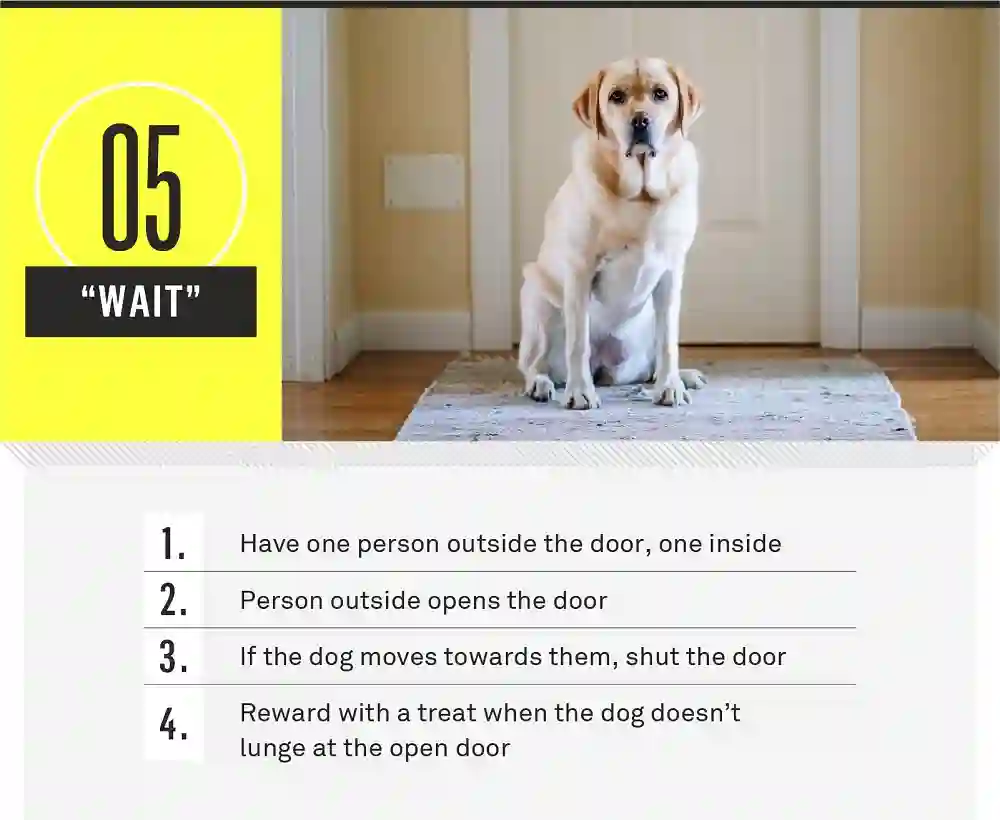
How to Teach Your Dog Basic Commands for Better Behavior
Teaching your dog basic commands is one of the best ways to ensure better behavior, strengthen your bond, and create a happier household. Dogs thrive on structure and clear communication, and training provides both. By investing time in teaching your dog foundational commands, you’ll cultivate a well-behaved companion that understands what’s expected of them. Here’s a guide to help you get started.
Why Teach Your Dog Basic Commands?
Before diving into the training process, it’s essential to understand why basic commands are so valuable. Commands like sit, stay, and come are not just about obedience; they ensure safety, promote good manners, and reduce stress for both you and your pet. A well-trained dog is less likely to develop behavioral problems, and these commands serve as a foundation for more advanced training.Preparing for Training
1. Gather the Right Tools
To teach your dog effectively, you’ll need:- Treats: Choose small, high-value treats your dog loves.
- Clicker (optional): A clicker can be a helpful tool for marking correct behaviors.
- Leash and collar: These help you maintain control during training sessions.
- Patience and consistency: Success comes with repetition and positive reinforcement.
2. Choose the Right Environment
Start training in a quiet, distraction-free area where your dog can focus. As they become more proficient, gradually introduce distractions to simulate real-world scenarios.3. Keep Sessions Short
Dogs have limited attention spans, so aim for sessions lasting 5-10 minutes. You can have multiple sessions throughout the day to reinforce learning.Teaching Basic Commands
1. Sit
Teaching your dog to sit is one of the simplest commands and serves as a foundation for others.- Hold a treat close to your dog’s nose.
- Slowly move the treat upward, causing their head to follow and their bottom to lower.
- Once they sit, say “Sit,” and immediately reward them with the treat and praise.
- Repeat several times until your dog associates the word with the action.
2. Stay
The “Stay” command helps control your dog in various situations.- Start with your dog in a sitting position.
- Hold your hand out, palm facing your dog, and say “Stay.”
- Take a small step back. If they stay in place, reward them immediately.
- Gradually increase the distance and duration before giving the reward.
- If your dog breaks the stay, calmly return them to the starting position and try again.
3. Come
Teaching your dog to come when called is crucial for their safety.- Use a leash for control in the beginning.
- Crouch down, open your arms, and say “Come” in an enthusiastic tone.
- Reward your dog with treats and praise when they come to you.
- Practice in different environments to reinforce the command.
4. Down
“Down” is a useful command for calming your dog and managing their excitement.- Start with your dog in a sitting position.
- Hold a treat in your hand and lower it to the ground.
- As your dog follows the treat, say “Down” when their body is fully on the ground.
- Reward and praise immediately.
- Repeat until they consistently respond to the verbal cue.
5. Leave It
“Leave it” teaches your dog to ignore items that may be dangerous or off-limits.- Place a treat in your closed hand and present it to your dog.
- When they sniff or paw at your hand, say “Leave it.”
- Wait until they stop interacting with your hand, then reward them with a different treat.
- Practice with increasingly tempting items to strengthen their self-control.
Tips for Successful Training
Use Positive Reinforcement
Reward-based training is the most effective way to teach your dog. Praise, treats, and affection motivate your dog to repeat desired behaviors.Be Consistent
Use the same verbal cues and gestures each time you teach a command. Consistency helps your dog learn faster and reduces confusion.Keep a Positive Attitude
Dogs respond best to a calm, encouraging tone. Avoid punishment, as it can damage trust and hinder progress.End on a High Note
Always finish training sessions with a success. This leaves your dog feeling accomplished and eager to train again.When to Seek Professional Help
If you’re struggling to teach your dog or addressing challenging behaviors, consider working with a professional dog trainer. They can provide personalized guidance and support to ensure your dog’s success.Benefits of Training Beyond Commands
Training your dog isn’t just about obedience—it strengthens the bond between you and your pet, enhances their mental stimulation, and ensures they feel secure and confident. With a well-trained dog, everyday activities like walks, trips to the park, and visits to friends’ homes become more enjoyable for everyone.Conclusion
Teaching your dog basic commands is an investment in their well-being and your peace of mind. With patience, consistency, and positive reinforcement, you’ll see remarkable improvements in their behavior. Start small, celebrate progress, and enjoy the journey of building a deeper connection with your furry friend.Read More latest Posts
- Who Is Alex Cosani? Biography And Rising Fame Explained Now
- Erin French Age, Biography, Career, and Net Worth Details
- Star Wars Puns That Are So Hilarious They’re Out of Galaxy
- Mayim Bialik Husband Identity And Relationship History Revealed Here
- TechVib’s Guide to the Best Amazon Echo Speakers in 2025
